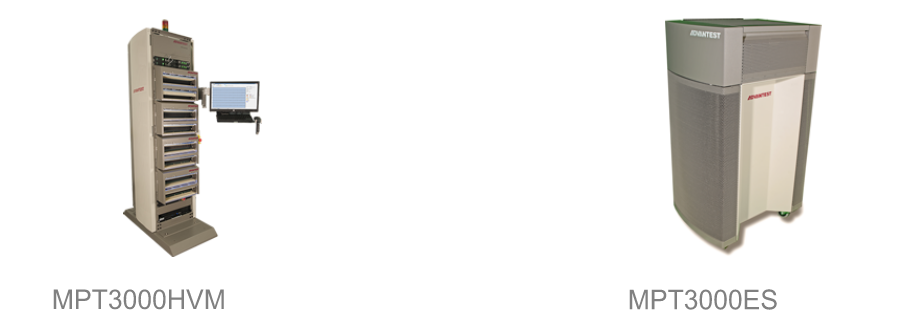Advantest Adds System-Level Testing Capability for Advanced Memory ICs
Advantest installed its first enhanced T5851-STM16G tester capable of nonvolatile memory express (NVMe) system-level test coverage at a major manufacturer of IC memory devices. By expanding the capabilities of its established T5851 platform, Advantest addresses the growing market for testing NVMe solid-state drives (SSDs) using ball-grid arrays (BGAs) in automotive applications.
Over the next five years, the automotive market is expected to become the largest consumer of semiconductor devices. This growth is escalating demand for NVMe BGA SSD devices, which are crucial in advanced driver-assistance systems (ADAS). To develop and economically mass produce these key NAND Flash SSD devices, memory manufacturers worldwide need a highly reliable, cost-efficient test solution.
Designed to perform system-level testing of NVMe BGA SSDs, the T5851-STM16G tester is ideally suited for evaluating any generation of BGA SSDs in either an engineering environment or a high-volume production site. The highly versatile platform can handle devices with multiple protocols, including NVMe, UFS and PCIe, at speeds up to 16 Gbps. The system’s modular, tester-per-DUT architecture supports test flows required for system-level testing of up to 768 devices simultaneously.
Advantest is taking orders for the T5851-STM16G tester. It is available either as a new tester from Advantest’s factory or as a cost-effective enhancement to users’ existing T5851 or even T583X units.
Read More


